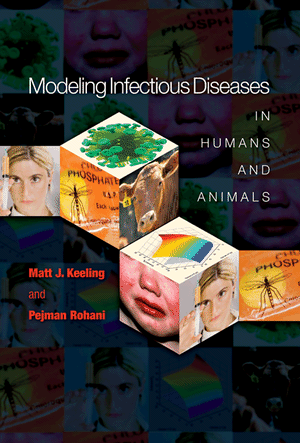The standard models
introduced
in Chapter 2 compartmentalize the
population only in terms of infection status and history—classifying
individuals as susceptible, infected, or recovered—and modeling the
number of individuals in each compartment. As such, there is only one
degree of subdivision within the population. In this chapter, we
introduce a second degree, further dividing the population into classes
with similar behavioral characteristics. These characteristics should
be chosen such that all members of a class have comparable risk of both
contracting and transmitting infection.
Two clear motivating examples dominate the literature of models dealing
with risk:
(1) risk structure for
sexually
transmitted infections (STIs) and
(2)
age structure for childhood infections.
Finally, we consider levels of
heterogeneity within the infected class, discriminating between
individuals due to the time since infection.


